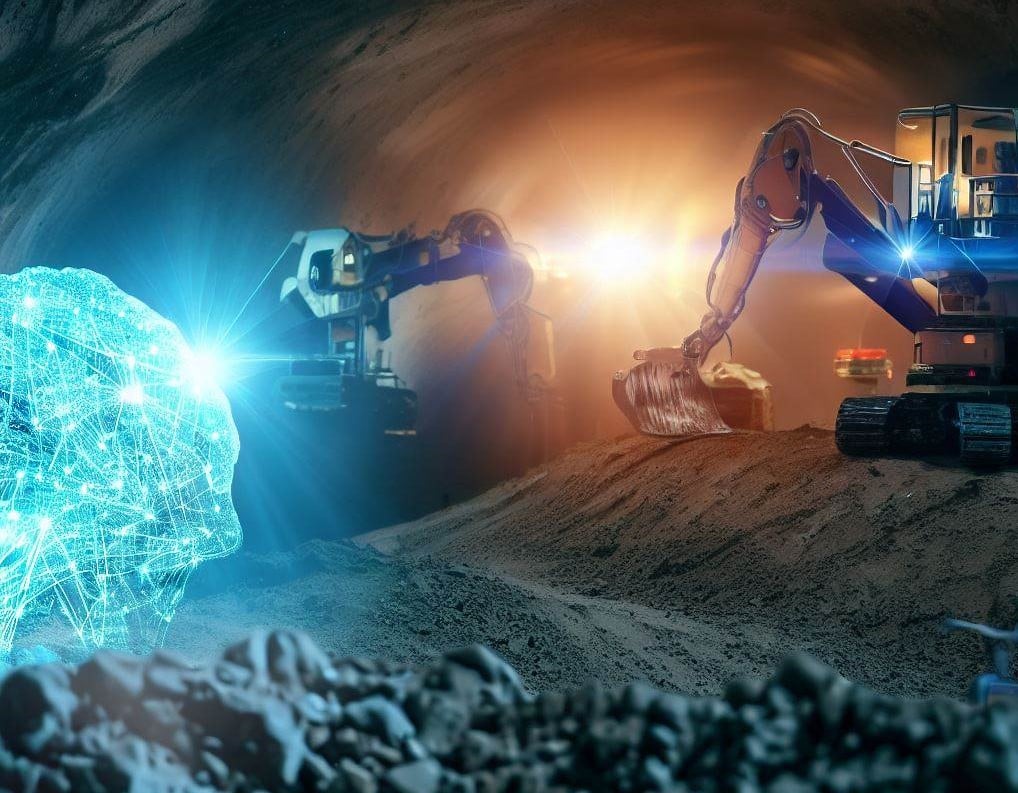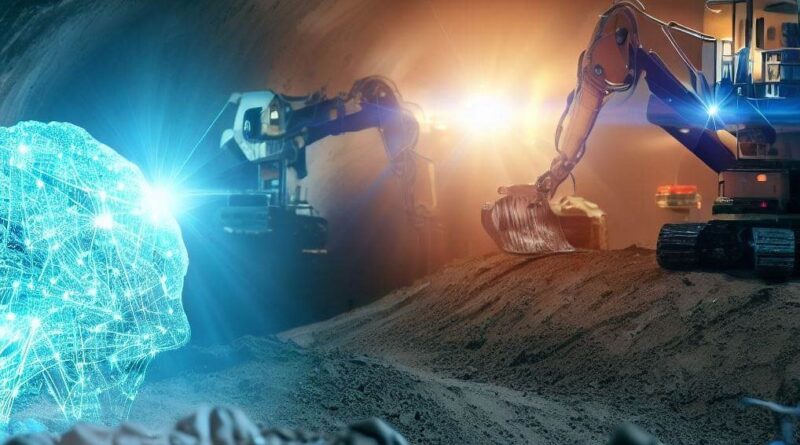The Role of Technology in the Solid Mineral Industry: Advancing Limestone Extraction and Processing
Introduction
The solid mineral industry is undergoing a significant transformation with the integration of advanced technology. One of the most crucial minerals in this industry is limestone, widely used in construction, agriculture, steel manufacturing, and environmental applications. The adoption of modern technology in limestone extraction, processing, and utilization is enhancing efficiency, sustainability, and profitability. In this article, we explore the various ways technology is revolutionizing the limestone industry.
1. Advanced Mining Technologies in Limestone Extraction
A. Automated Drilling and Blasting
Traditional limestone extraction methods involved manual drilling and blasting, which often resulted in inefficiencies, excessive waste, and environmental concerns. Today, automated drilling and precision blasting techniques powered by Artificial Intelligence (AI) and machine learning optimize the extraction process, reducing material wastage and enhancing safety.
B. Remote Sensing and GIS Technology
Geographic Information Systems (GIS) and remote sensing technologies help in mapping and assessing limestone deposits with high accuracy. These technologies provide real-time geological data, allowing mining companies to plan extraction efficiently while minimizing environmental impact.
C. Autonomous and Electric Mining Equipment
The integration of autonomous and electric mining machinery is enhancing productivity while reducing carbon emissions. Automated haul trucks and loaders equipped with sensors and AI-driven navigation systems enable safer and more efficient mining operations.
2. Technological Advancements in Limestone Processing
A. Smart Crushing and Grinding Systems
Crushing and grinding are critical processes in limestone production. Smart crushers with AI-enabled sensors optimize the particle size, reducing energy consumption and improving overall efficiency. Advanced grinding mills equipped with automated controls further enhance productivity.
B. Beneficiation and Purification Technologies
Innovative beneficiation processes, such as flotation, magnetic separation, and hydrometallurgy, improve limestone quality by removing impurities. These technologies ensure higher-grade limestone for various industrial applications, including cement manufacturing and chemical industries.
C. IoT-Enabled Processing Plants
Internet of Things (IoT) integration in limestone processing plants allows real-time monitoring of equipment performance, predictive maintenance, and process optimization. IoT sensors track temperature, pressure, and flow rates, ensuring minimal downtime and efficient resource utilization.
3. Sustainability and Environmental Technology in Limestone Industry
A. Carbon Capture and Utilization (CCU)
Limestone plays a vital role in carbon capture technology, particularly in flue gas desulfurization (FGD) systems. Advanced CCU technologies convert CO2 emissions from limestone processing plants into useful products like calcium carbonate, reducing environmental impact.
B. Water Recycling and Waste Management
Modern limestone mining and processing plants implement water recycling systems to minimize water wastage. Additionally, by-products like limestone dust are repurposed for soil stabilization, reducing environmental pollution.
C. Renewable Energy Integration
Many limestone processing facilities are now integrating solar and wind energy to power operations. This shift towards renewable energy reduces reliance on fossil fuels, promoting a greener mining industry.
4. Digitalization and Smart Supply Chain Management
A. Blockchain for Transparency
Blockchain technology is revolutionizing the limestone supply chain by providing transparent and tamper-proof records of transactions. This ensures ethical sourcing and enhances stakeholder trust in the industry.
B. AI-Powered Logistics and Distribution

AI-driven logistics platforms optimize the transportation of limestone by analyzing factors like traffic patterns, fuel efficiency, and demand forecasts. This reduces operational costs and enhances supply chain efficiency.
Conclusion
Technology is reshaping the solid mineral industry, making limestone extraction, processing, and distribution more efficient, sustainable, and profitable. From automated mining and smart processing to environmental sustainability and digitalized supply chains, innovation is driving growth in the limestone sector. As technological advancements continue to evolve, the future of limestone mining looks promising, paving the way for a more sustainable and efficient industry.

